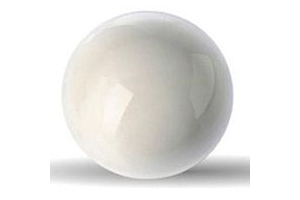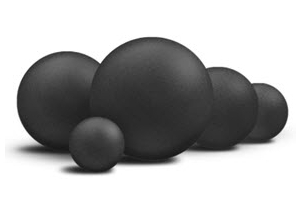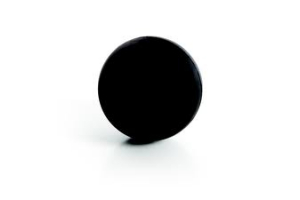Ceramic Balls vs. Steel Balls
Ceramic precision balls offer advantages such as being lightweight, lower friction resistance, high temperature resistance, higher rigidity, higher hardness, smoother surface, and higher corrosion resistance (won't rust when exposed to water). Ceramic balls include materials such as:
Are Ceramic Ball Bearings Better Than Steel Ball Bearings?
Ceramic precision balls are considered superior because they outperform and outlast more traditional steel balls used for bearings. Ceramic balls require less lubrication than steel balls. Ceramic balls are also electrically non-conductive, as opposed to their metal & steel counterparts. Silicon Nitride ceramic balls ensure electrical arcs do not occur across the bearing.
What are Ceramic Precision Balls Used for?
Ceramic balls and bearings are used in bicycles, tools, check valves, automotive parts, aerospace airframes and gyroscopes, float and level gauges, and many other machine components.
Ceramic balls are being used more frequently in competitive cycling & skateboarding because of their longevity over steel balls. Silicon Nitride balls for bikes & skateboards are also much less heavy than the steel ball counterpart and have an excellent smooth surface for faster rolling and spinning.
What are Ceramic Precision Balls?
Precision balls are round-shaped rollers, also called loose ball bearings, used in ball bearing assemblies. Although traditionally these are made of steel, there are other quality options, such as ceramic, plastic, or rubber, depending on your needs & applications.





